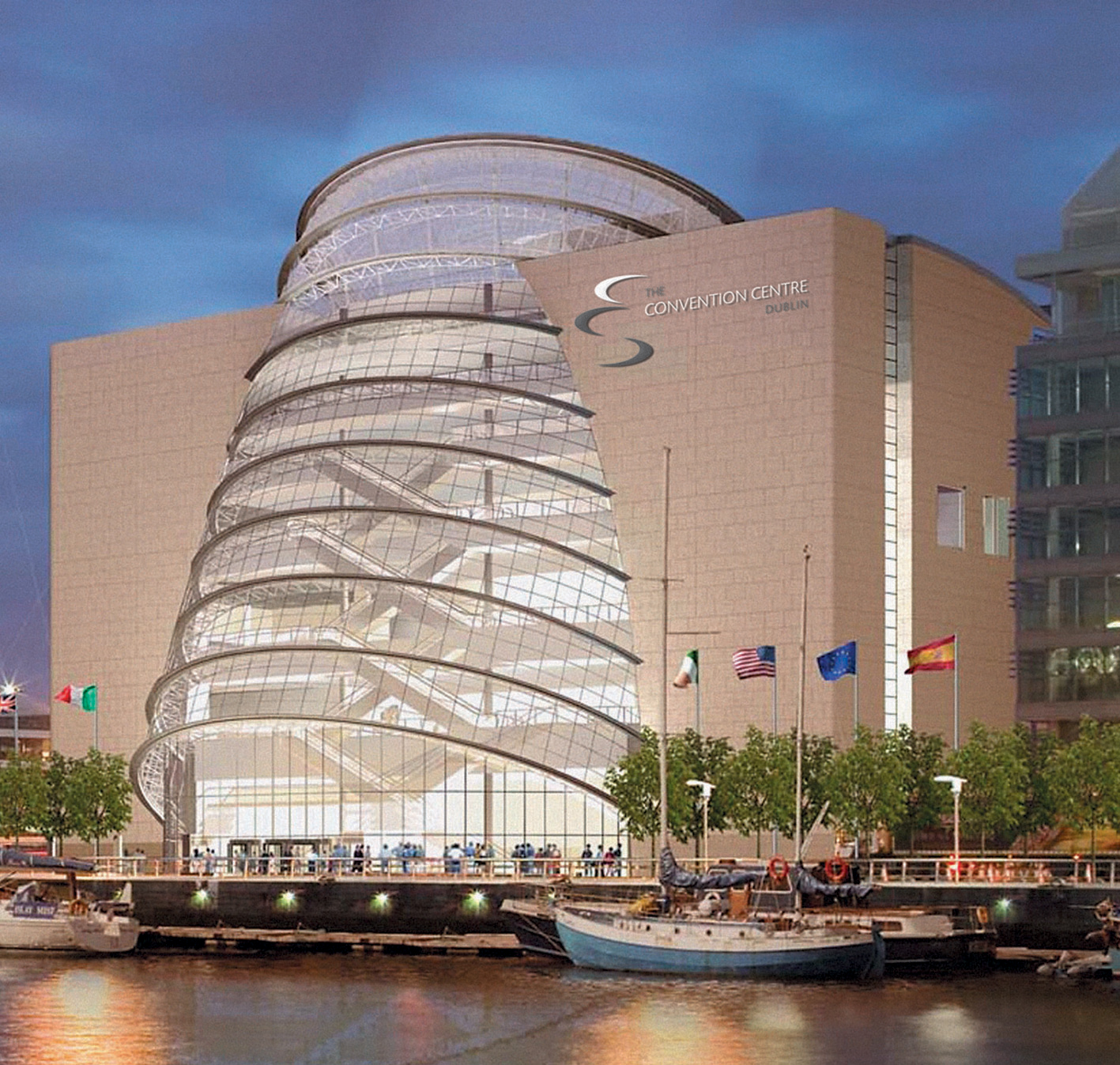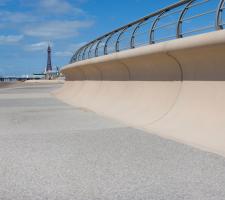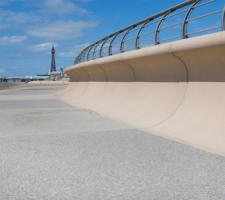
Carbon footprint is more than just the latest 'in' business phrase, reducing carbon emissions is something contractors and clients are serious about achieving. Claire Symes looks at how the quarrying industry is helping
Greenhouse gas emissions created by the global construction sector are set to double over the next 20 years at current growth rates, according to the latest report from the
Clearly something needs to be done and while lowering the operational carbon from day to day use of buildings and vehicles is important, focus is also needed on the 'embodied' carbon produced by the manufacture of the construction materials themselves. This approach means that many contractors and clients are starting to look more closely at the embodied carbon levels of materials used in construction and much of the attention is currently on concrete.
According to
Reducing the CO2 produced during cement production alone is not enough to reduce the impact, so part of the cement content is often replaced with ground granulated blast furnace slag (GGBS). GGBS is manufactured from blast furnace slag which has been rapidly cooled, dried and ground to a fine, white powder.
This technology is nothing new - concrete containing GGBS was used in construction of the
"GGBS can reduce the greenhouse gas emissions associated with the manufacture of concrete by up to 50% by replacing some of the Portland Cement," said
"Achieving this guarantee is all about quality and requires a few changes to the way the plant operates because the normally the strength of the concrete fluctuates during the day and the cement content is adjusted accordingly. But with LCC, we need to ensure that these adjustments don't affect the levels of embodied CO2." The concept of reducing embodied CO2 is really being driven by flagship clients and leading contractors. "Companies like Bovis Lend Lease have heads of sustainability that report directly to the CEO," said Robinson. "They are taking the issue of carbon footprint very seriously and are expecting to win work directly on the basis of their ability to reduce carbon embodied in the construction processes and materials within as little as two years." Tarmac has also been running workshops for customers to help them to understand the impact of embodied carbon in order for other contractors to benefit from the materials.
Ireland-based Ecocem has also noticed that it is public sector clients that are taking the lead and has recently supplied material for construction of new offices for the Department of the Environment in Dublin. Ecocem, which also operates plants in the Netherlands and France, takes the reduction of embodied carbon a step further by using GGBS to replace some of the cement content and offset the rest with Verified Emission Reduction to create its Carbon Neutral Concrete.
Nonetheless, although some recent high profile projects have used low carbon concrete, it is not always for its 'green' credentials. "The Cardiff Stadium used cement with GGBS replacement because it is close to the coast and the material is more resistant to sulphates," explained O'Riain. "In London the Emirates Stadium also used the material but because it gave the structure a 'whiter' appearance." According to Robinson, the replacement of cement with GGBS has no impact on the strength of the concrete and in many cases it is actually more durable. "There is a slight difference in early life strength," he explained. "But through early involvement in the project, this can be designed around to ensure it does not impact on the overall scheme." At present around 65 to 70% of the cement content in concrete can be replaced with GGBS but Robinson believes that higher levels are possible. "Around a third of all concrete already contains some GGBS but is not labelled as being low carbon concrete," he said. "It is currently possible to replace 70% of the cement with GGBS but higher levels could be possible. The ability to achieve this is dependant on extensive laboratory work and clients being willing to invest in this."
O'Riain said that there is currently 89million tonnes of GGBS that could be used in concrete production each year. "There is significant potential for carbon neutral concrete to be more widely used," he said. "I think worldwide adoption of the material is probably another five to 10 years away, not because of the denial of its green potential but because it offers lower margins than conventional cement so is therefore less attractive to investors."
















